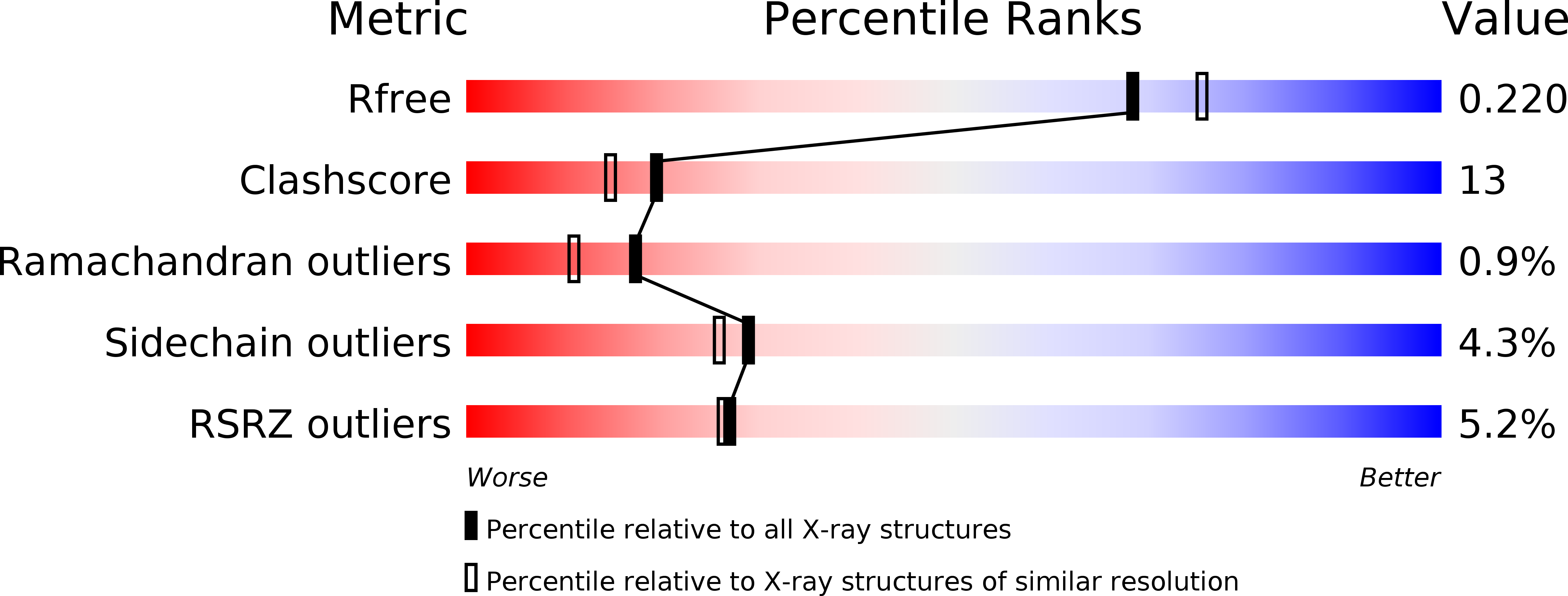
Deposition Date
2015-01-14
Release Date
2015-02-04
Last Version Date
2023-11-08
Entry Detail
Biological Source:
Source Organism:
Host Organism:
Method Details:
Experimental Method:
Resolution:
2.00 Å
R-Value Free:
0.22
R-Value Work:
0.17
Space Group:
P 1 21 1


